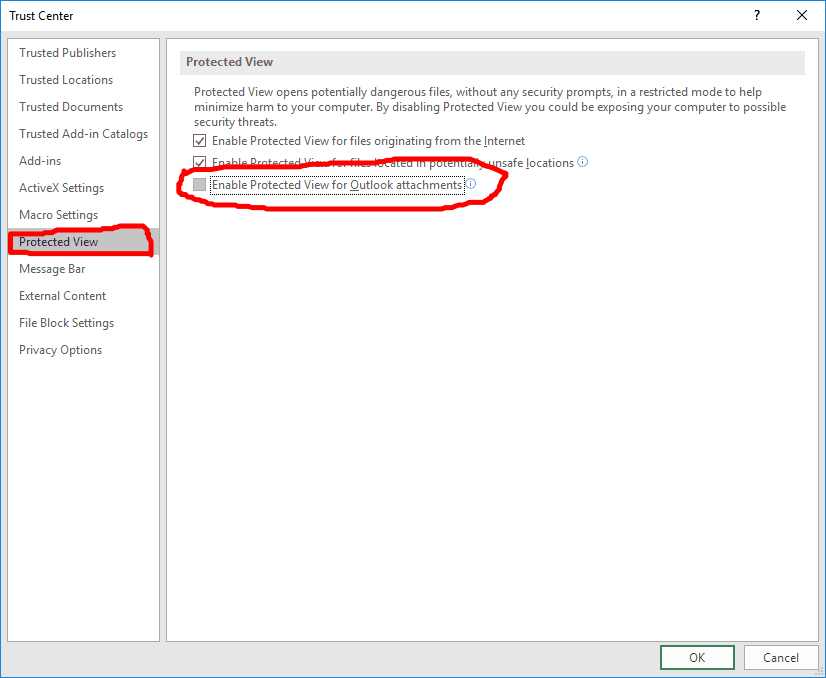
On the other hand, the 32-bit edition of Office is limited to 2 GB of virtual address space, and this space is shared by Excel, the workbook, and add-ins that run in the same process. Instead, workbook size is limited only by available memory and system resources. This is because the 64-bit edition of Office does not impose hard limits on file size. ResolutionĮxcel expert users who work with complex Excel worksheets can benefit from using the 64-bit edition of Office 2013/2016. This situation results in the error message that is mentioned in the "Symptoms" section. Because Excel loads the worksheet into addressable memory, some worksheets that have a file size of less than 2 GB may still require Excel to use more than 2 GB of addressable memory. The size of the worksheet itself also affects the usage of virtual address space. For Excel, this space is shared by the Excel application itself together with any add-ins that run in the same process. The limit of virtual address space for 32-bit editions of Windows-based applications is 2 gigabytes (GB). :::image type="content" source="media/memory-usage-32-bit-edition-of-excel/error-message.png" alt-text="Screenshot of the error message, showing there isn't enough memory to complete this action." border="false":::Īlthough improvements in Office 2013/2016 did not significantly affect system requirements, Office 2013/2016 does use more available system resources than Office 2010 did.

Using a 64-bit version of Microsoft Excel. To increase memory availability, consider: Try using less data or closing other applications. There isn't enough memory to complete this action.


 0 kommentar(er)
0 kommentar(er)
